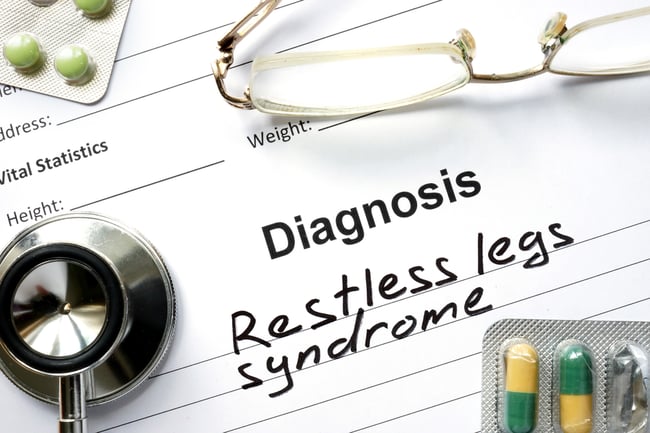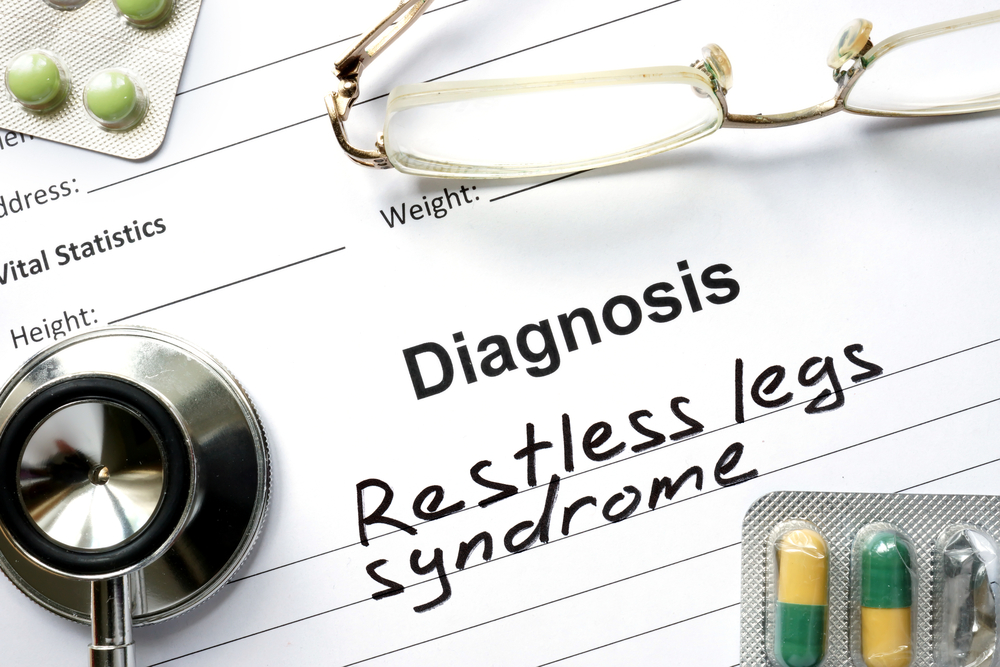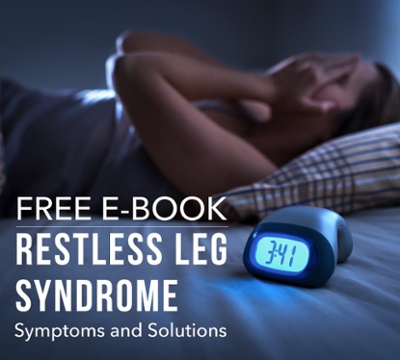How Do I Know if I Have RLS? [VIDEO]

Creepy-crawly, tingly, itchy, achy legs are an everyday, or more often, an every night occurrence for people who have restless leg syndrome (RLS). The National Institute of Neurological Disorders and Stroke estimates that 12 million people in the United States have restless leg syndrome, but it is likely that many people who have the condition go undiagnosed.In my experience as a vein specialist over the past 16 years, I have treated patients on a daily basis who suffer from RLS and its effects. A diagnosis of RLS is understood when these four criteria are present:
- Uncontrolled urge to move the legs with abnormal leg sensations
- The urge begins or worsens with inactivity or rest
- The urge to move is partially or totally relieved by walking
- The urge is worse in the evening or night rather than the day
In the video below, I explain more about how to know if the symptoms you are experiencing are related to Restless Leg Syndrome.
In my practice over the years, I've noticed a connection between RLS and vein reflux. In 80% of the cases where a patient with RLS also has vein reflux, treatment will significantly reduce if not eliminate entirely the symptoms of restless leg. Patients tell me they are able to sleep for the first time in their adult life.
While research and knowledge is growing, many providers are not familiar with the relationship between vein reflux and RLS. The only way to get it sorted out is with a vein reflux ultrasound and evaluation by a vein specialist.
Contact us for a free vein screening. We’ll determine whether vein reflux is present and if it is, we can recommend a treatment plan.
If you want to learn more about RLS, check out our newest eBook, Restless Leg Syndrome: Symptoms and Solutions.


